
The rare sighting of a giraffe with a curved neck has captivated many of us — including Angama Guide Robert Lochiam who took this photograph and video. The guiding team has pondered several theories to explain this intriguing phenomenon. One possibility is a rare deformity present at birth, potentially linked to an unusual genetic variation. Alternatively, it could have been an accident during birth, perhaps involving the calf dropping onto a hard surface leading to a shift in the alignment of the neck vertebrae — it’s difficult to know for sure. Giraffes' remarkable ability to reach foliage beyond the reach of most terrestrial browsers makes them stand out, quite literally, and this guy even more than the rest.
In this region, one fascinating, but often overlooked, plant is the tissue paper flower, scientifically known as cycnium tubulosum. This plant exhibits various shades and according to Guide Robert, these colours are influenced by the mineral content of the soil, along with factors like sunlight and temperature. The specific colouration of tissue paper flowers can serve as a warning or mimicry, aiding in camouflage or deterring predators. Overall, the array of colours observed in the tissue paper flower likely serves multiple purposes in its survival and reproductive strategies.

Kimana Sanctuary, and the Amboseli ecosystem as a whole, boasts one of the largest avian species biodiversities in Kenya. Everywhere you look, you can't miss seeing a striking bird. Angama guest Bianka Poddar rented one of our mirrorless cameras and captured an incredible shot of a fully-grown martial eagle. Due to its spotted underbelly and legs, it is likely about five to seven years old. These 'lions of the skies' typically attain full maturity around this age and, like many birds of prey, they undergo a gradual process of maturation reaching their full size, strength, and hunting skills over several years.
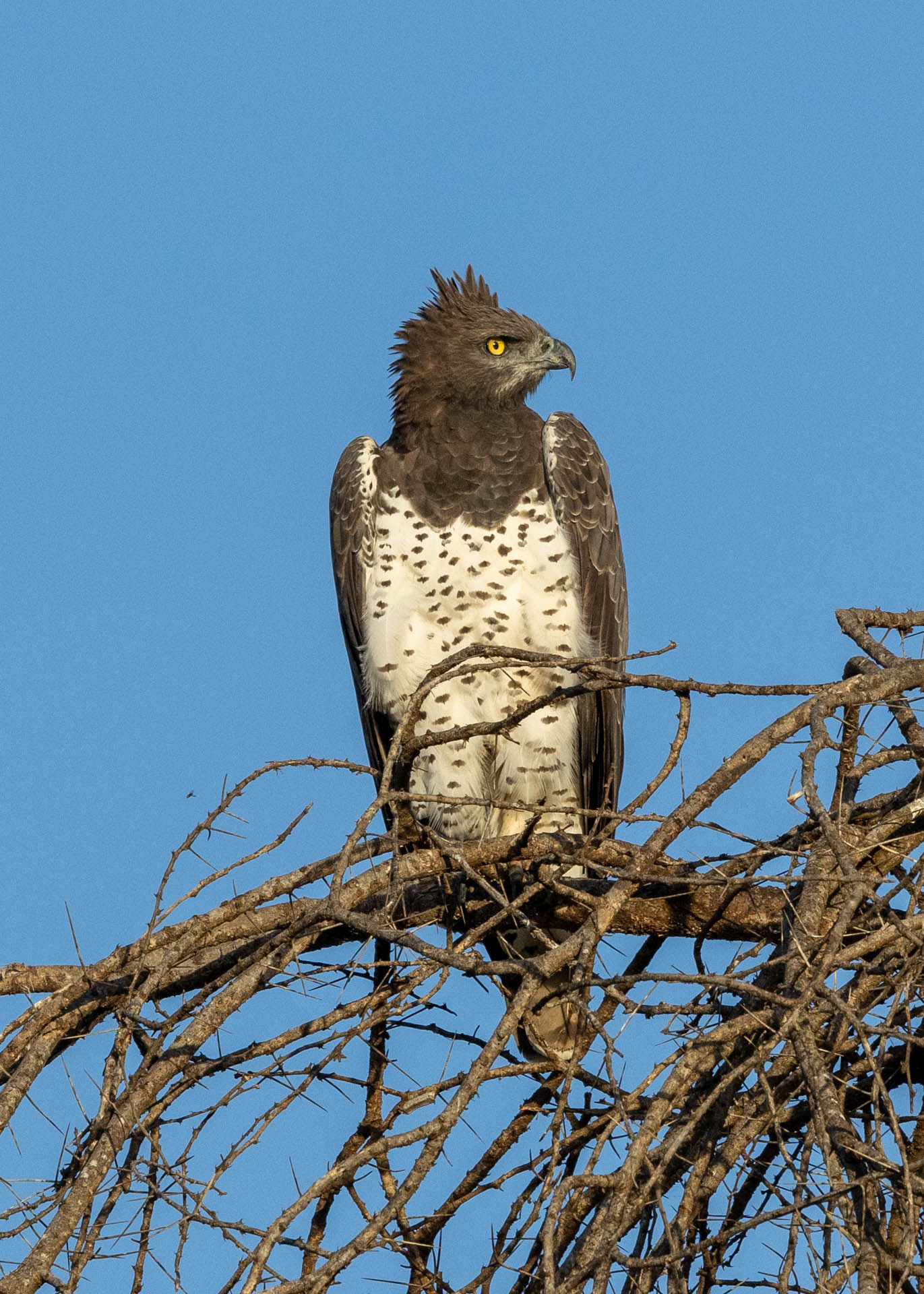
Pied kingfishers, known for their striking black and white plumage, are captivating both in appearance and behaviour. Dominating the marshlands of Amboseli National Park, these skilled fish-catchers are mainly found in sub-Saharan Africa and southern Asia. During mating season, they perform intricate courtship rituals with aerial displays and vocalisations. Once paired, they closely collaborate in nesting, often excavating burrows in riverbanks or river-cut cliffs. Their feeding technique is impressive; hovering above the water, they plunge with precision to snatch fish with their sharp beaks. Their cooperative hunting involves mated pairs coordinating dives for maximum success.
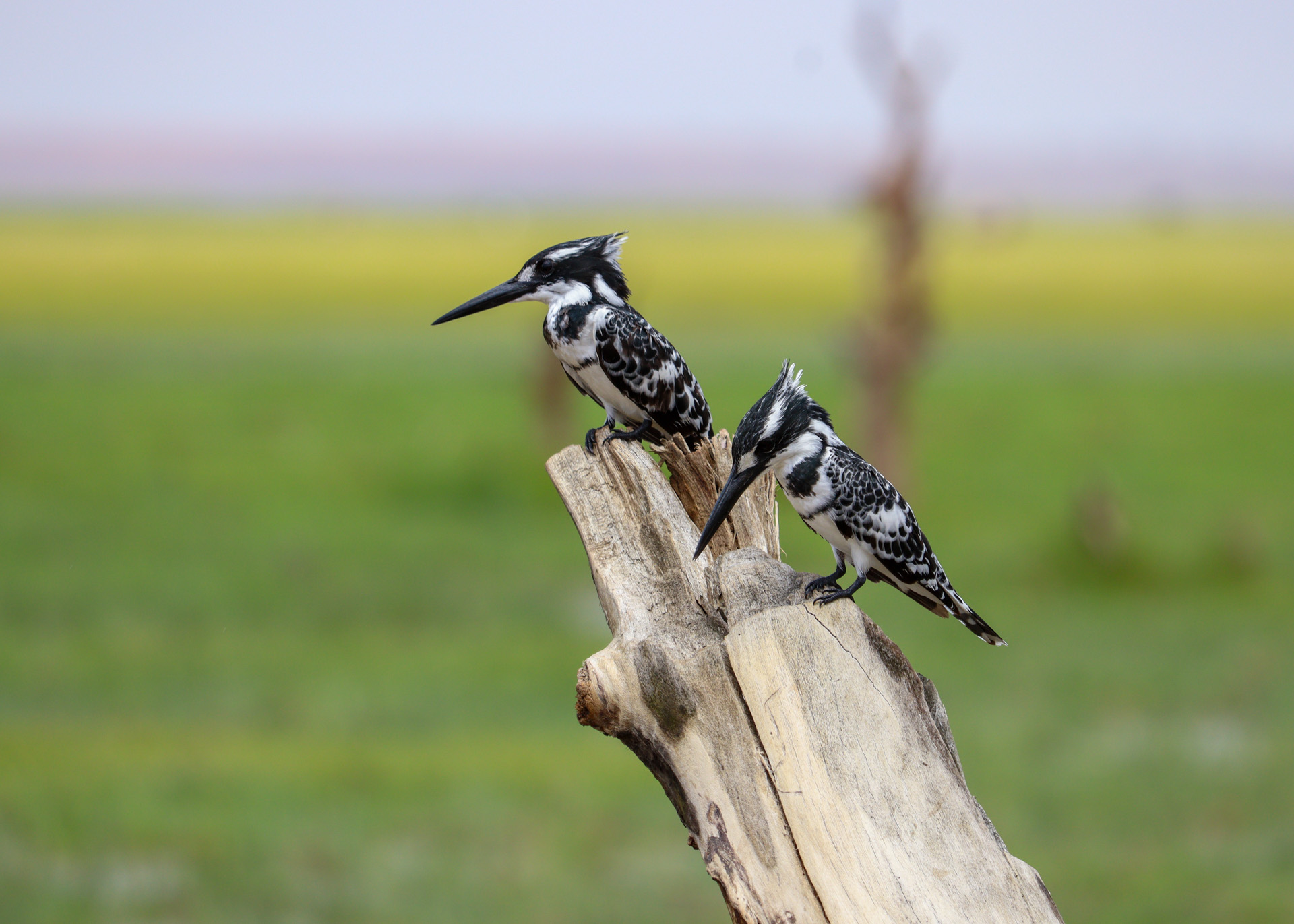
Did you know that vervet monkeys, like many other primates, have a daily spa session where they pick out parasites and dirt from each other's fur? In the primate hierarchy, dominant individuals receive the most grooming. These primates are the kings and queens of the canopy, spending most of their time in the treetops. While they do venture down to the ground in search of food and water, vervet monkeys rarely stray far from their tree homes to avoid predators. –Sammy Njoroge
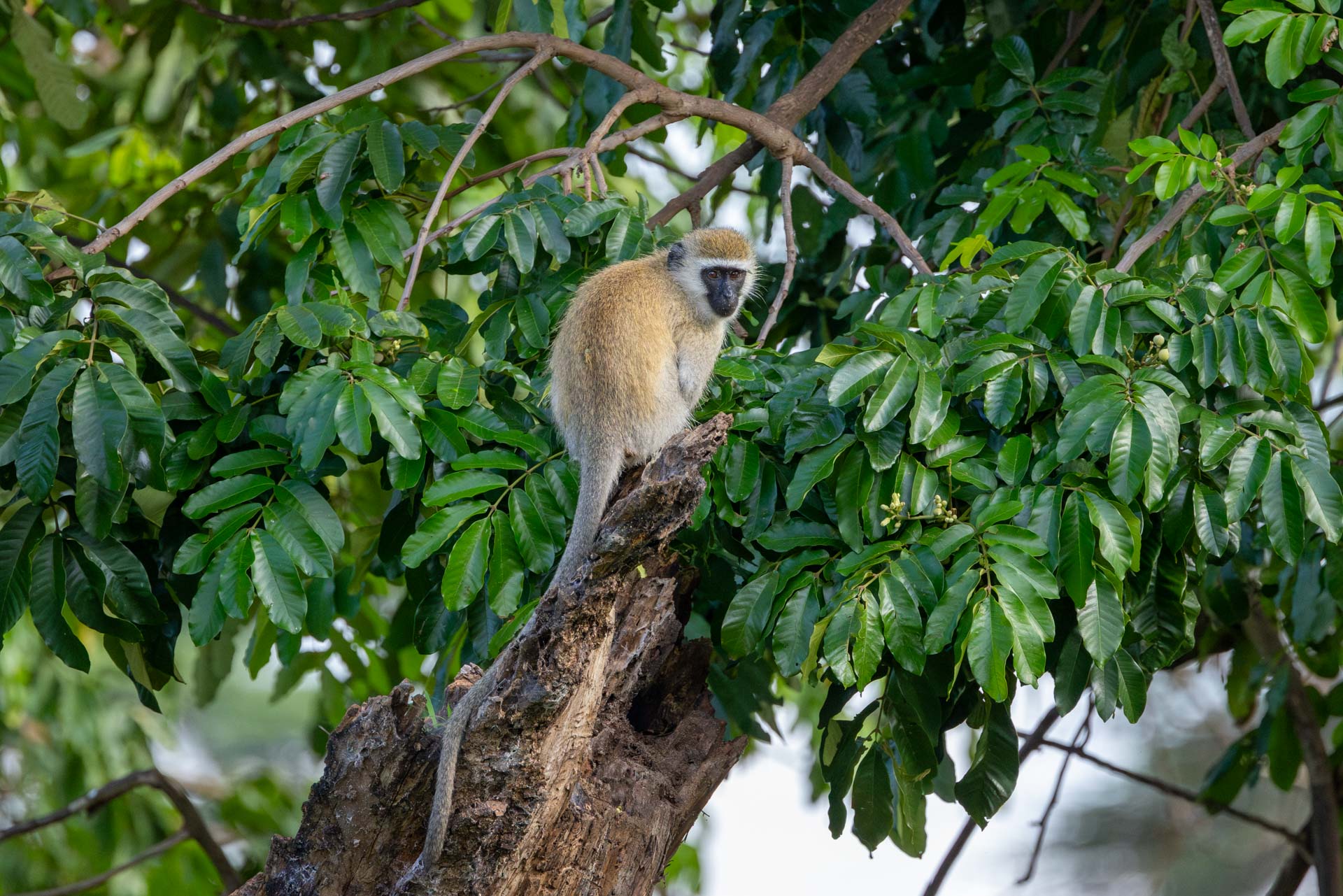
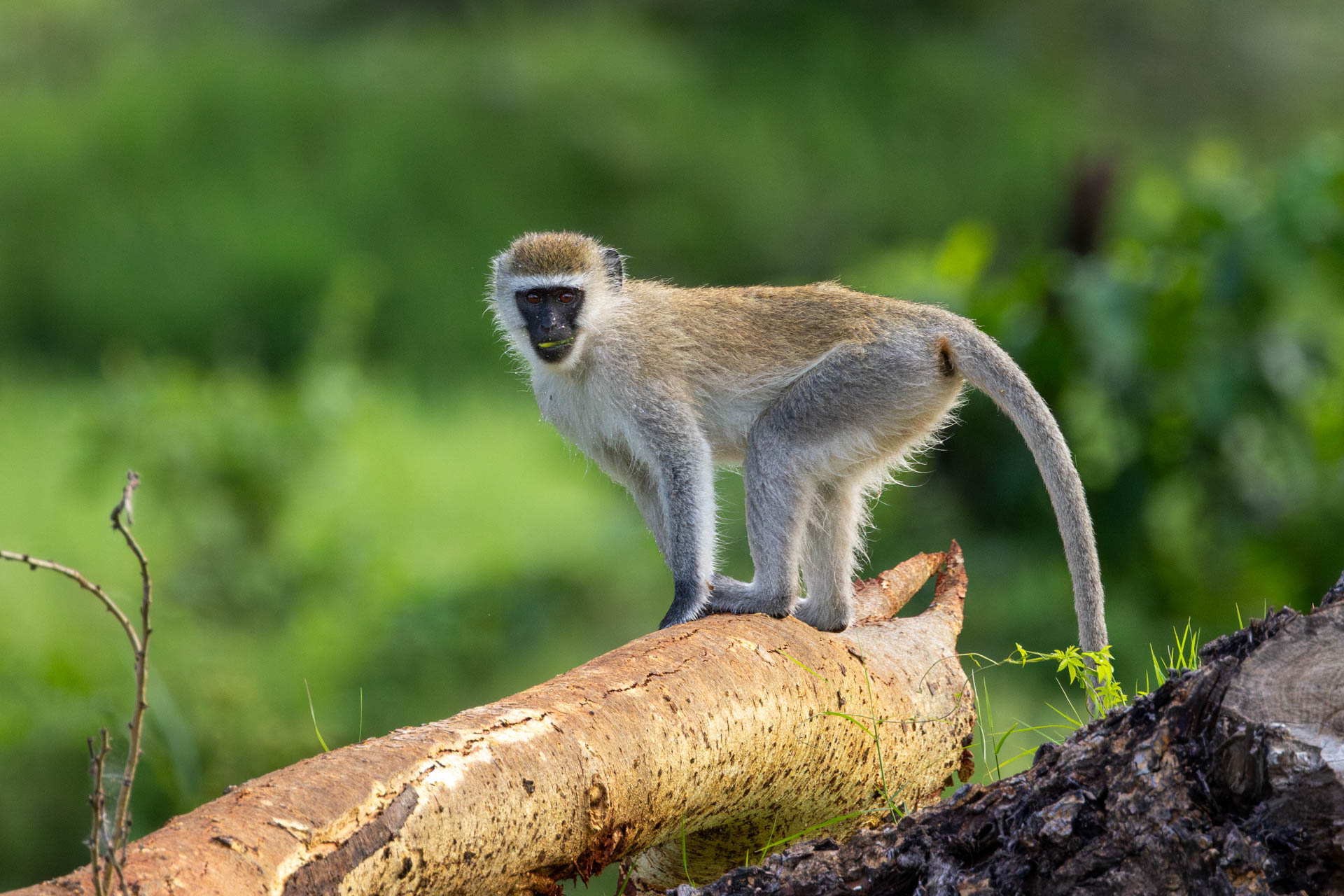
As the golden rays of the dawn pierced through the clouds, we descended the Oloololo Escarpment when fortune smiled upon us. In the distance, we spotted the Nomad male lion alone and scanning the area. Angama Guide Wilson mentioned that the Nomad was probably looking for the rest of the newly forming pride, which includes the Angama lioness, her cubs and the young male from the River Pride. We hope this alliance will stick together and form a formidable coalition.
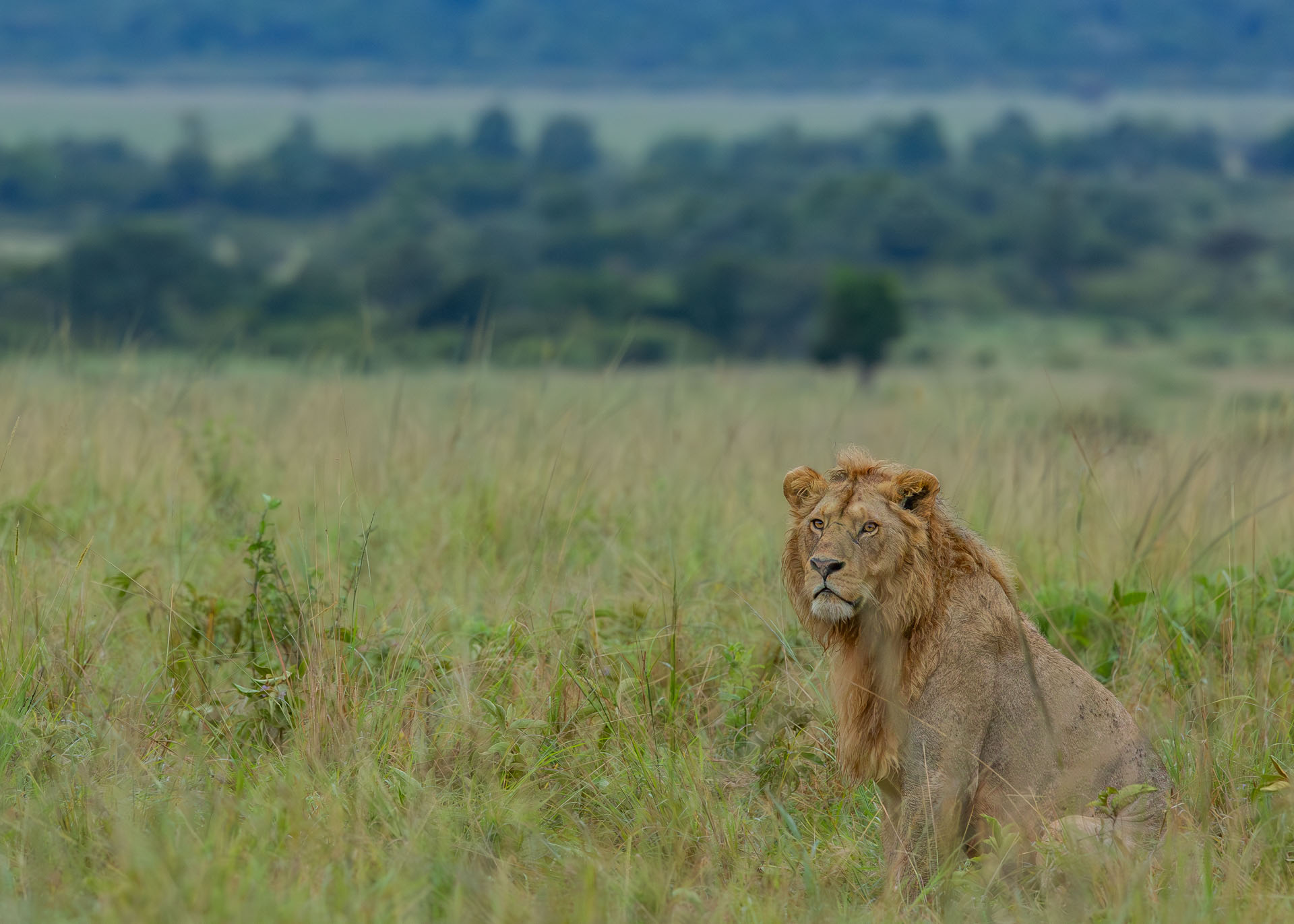
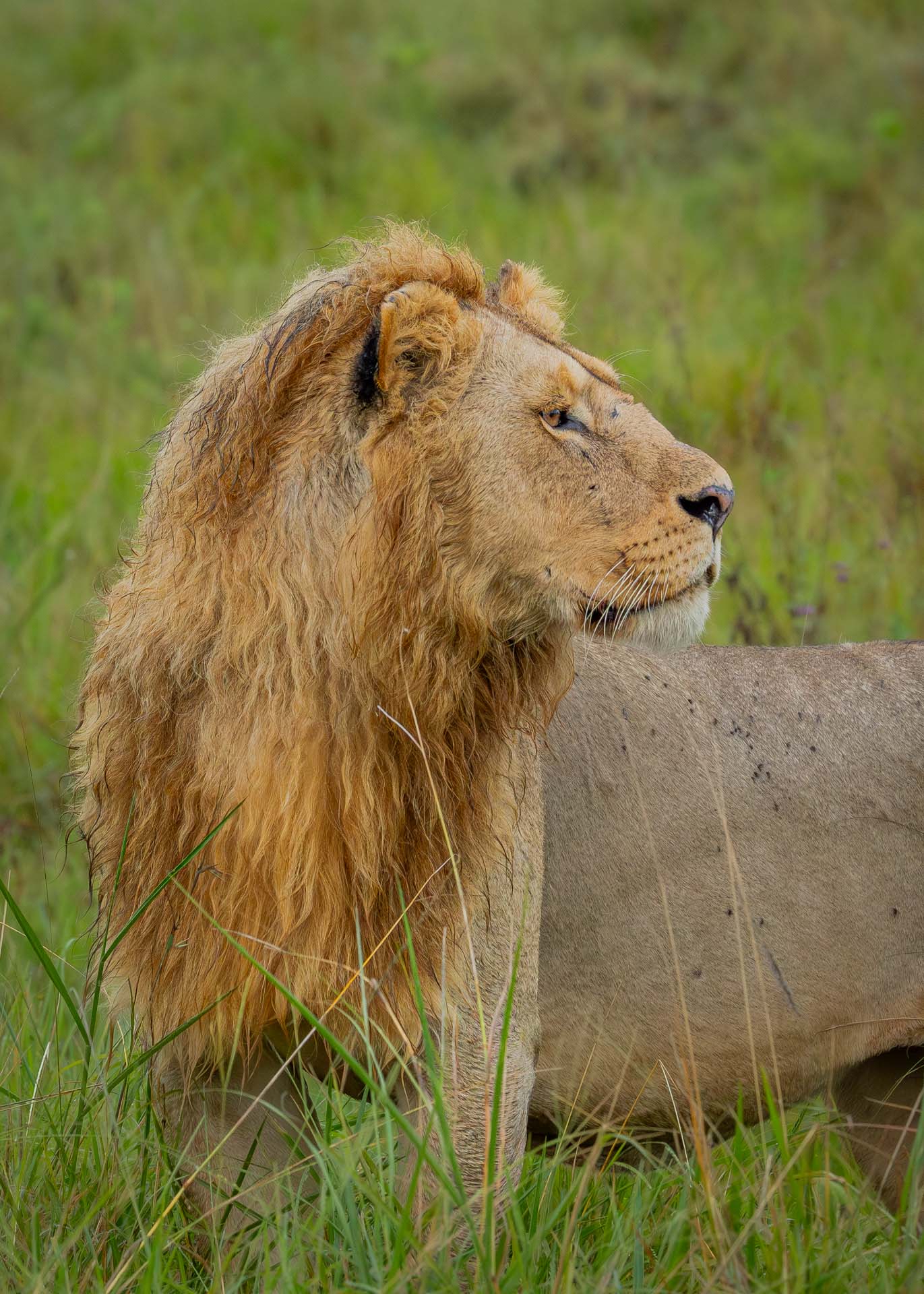
My colleague, Robert, had a chance sighting of the most elusive cat in the wild — the leopard. Best known for their exceptional climbing abilities and their unique behaviour of hoisting their kills up a tree, they are notoriously shy cats and it can be difficult to get close to them. Once this leopard knew it had been spotted, it leapt down and disappeared into the long grass, leaving its kill safely tucked up in the tree to be enjoyed later in peace and quiet.

As the recent heavy rains have left the Mara wet and swampy, the black-headed herons have been on a hunting spree. Their sharp beaks and long necks help them grab small fish, frogs, snakes and insects. The herons have a wide diet and are known to eat the eggs and chicks of other birds. I recently sighted one devouring a mudfish whole, using its long beak to pierce the fish’s body. Black-headed herons are an important part of the ecosystem as they help to control the population of smaller animals.
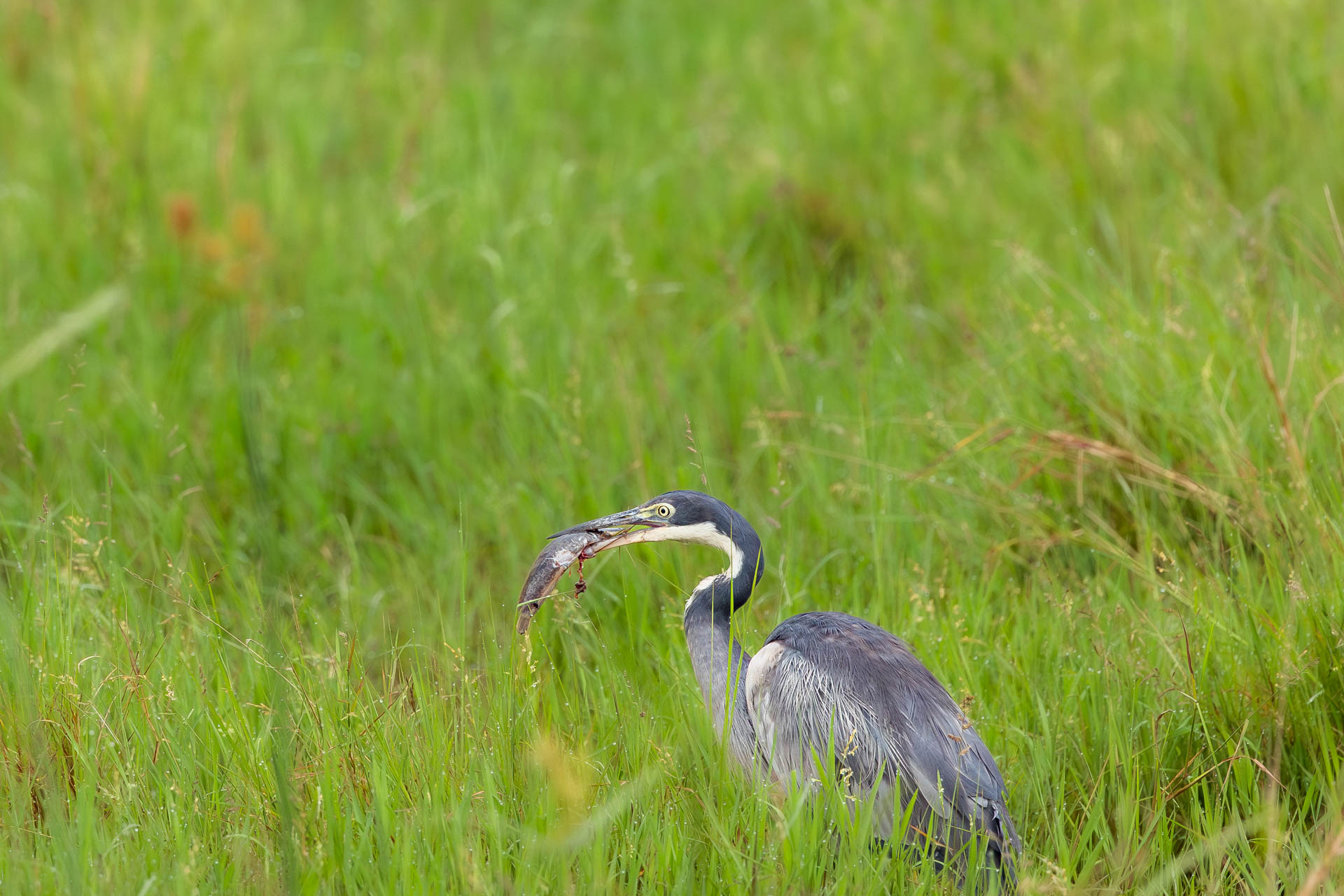
The Mara River is in flood and its fury has forced hippos to move to new homes in swampy areas of the park as we saw last week. Now that they have settled in, the change of habitat has led to increased competition, vying for dominance and the right to rule the muddy ponds. Hippos are territorial animals and will fight each other fiercely to establish and maintain control. The dominant male hippo is responsible for protecting his pod and has the right to mate with the females while the subordinate males must defer to the dominant male and are often forced to live on the outskirts of the pod, which may prove tricky now as they are forced out of their usual stomping grounds. –Joseph Njenga
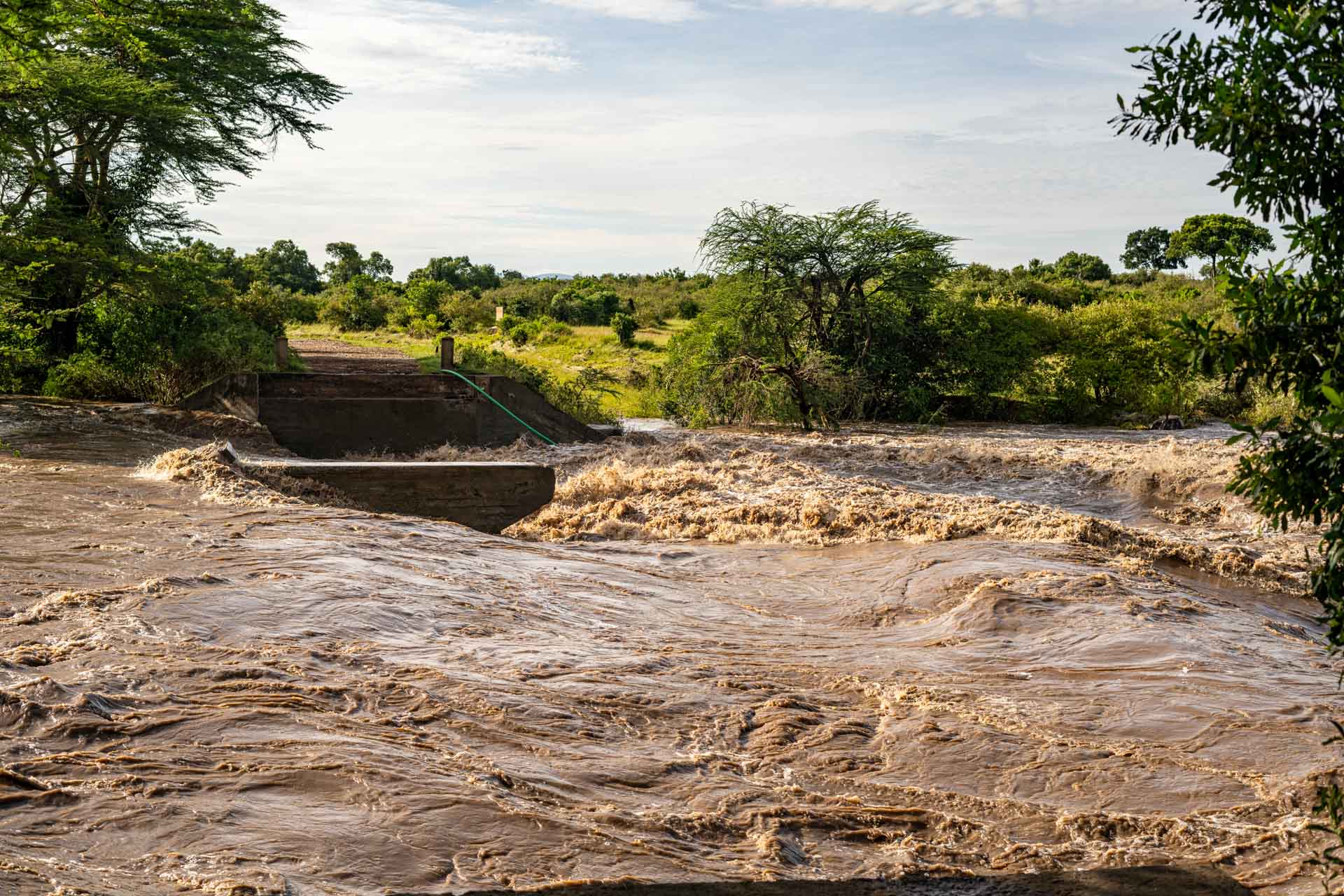

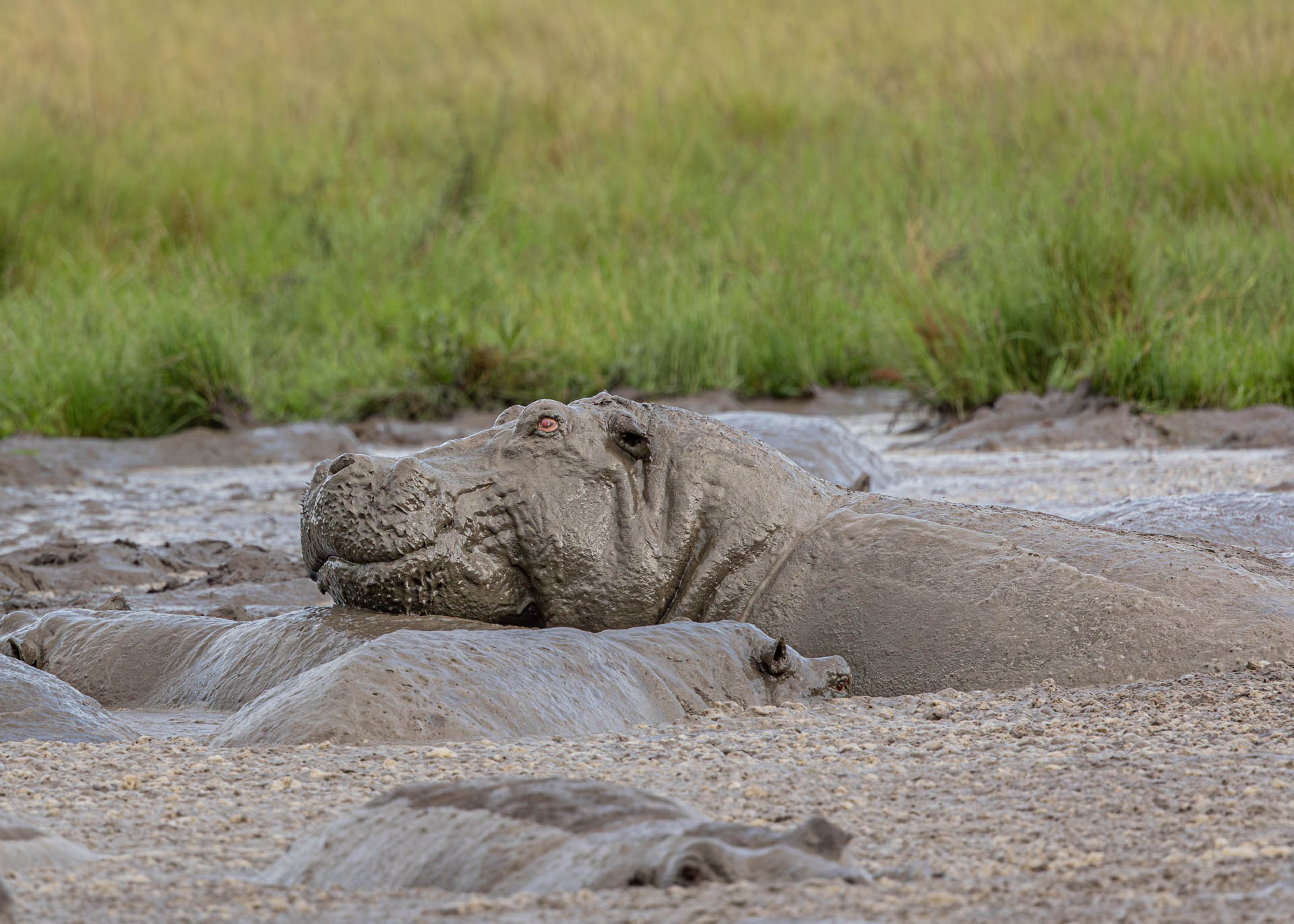
Filed under: This Week at Angama
Subscribe for Weekly Stories
Comments (0):

Weddings in the Mara